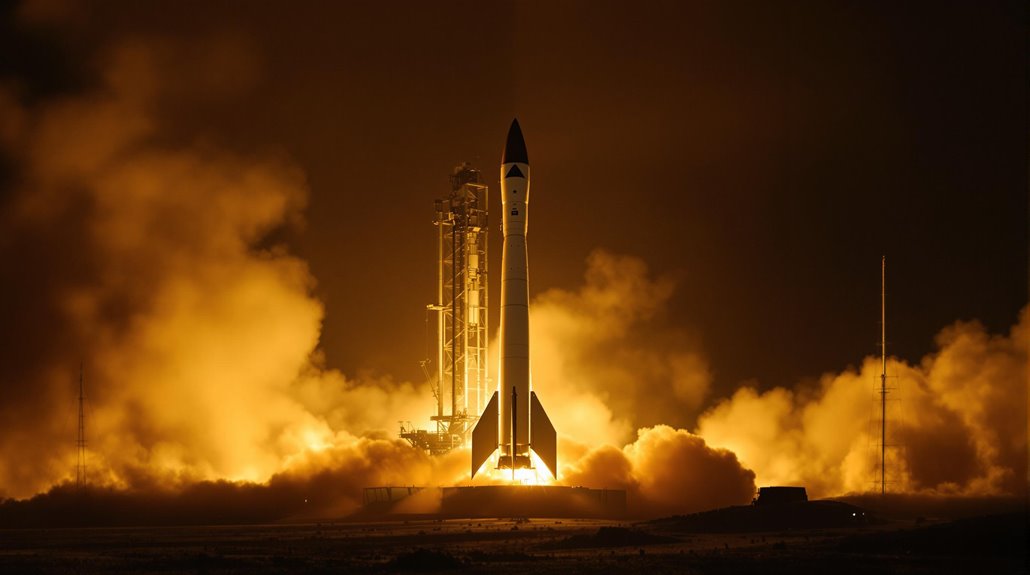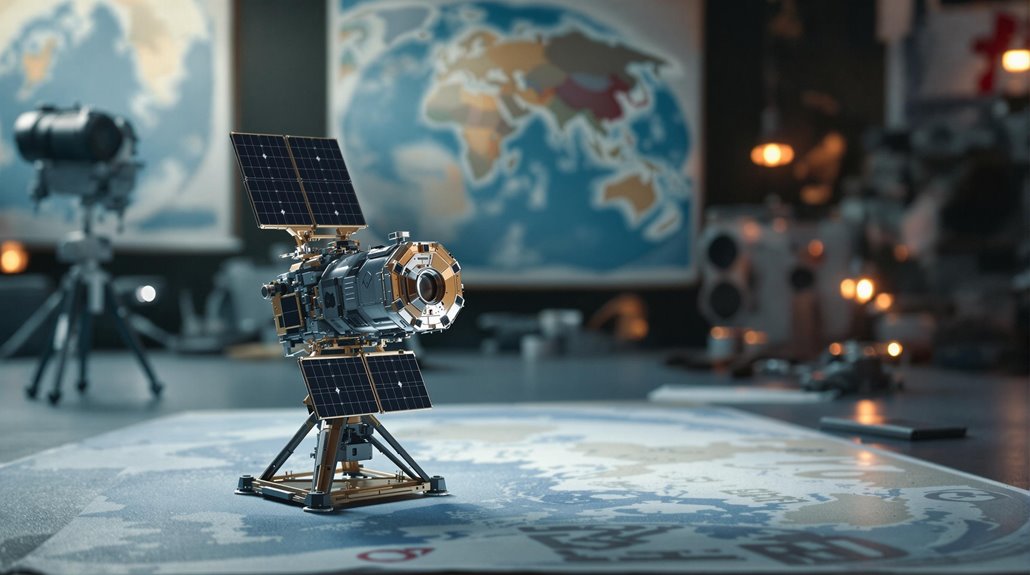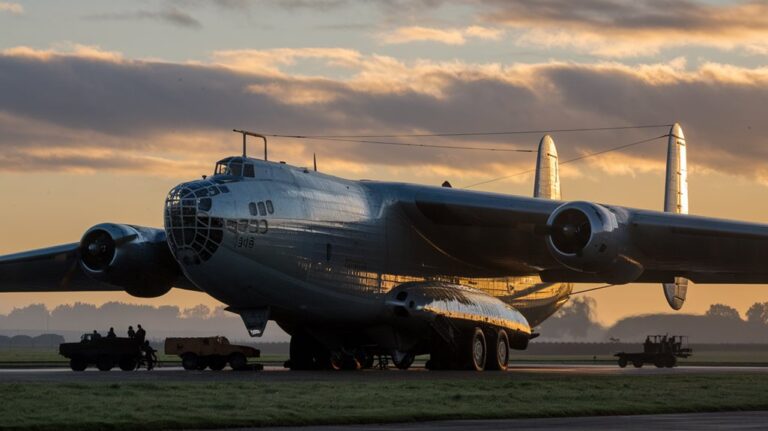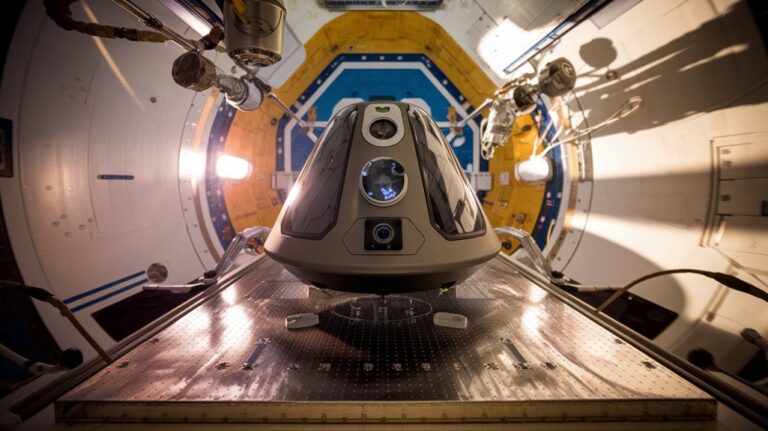Canada’s Gun-to-Space Ambition
You'll find Canada's space defense strategy is far more ambitious than most people realize. As your northern neighbor moves beyond traditional military capabilities, it's transforming into a serious space power with cutting-edge satellite networks and anti-missile systems. While the U.S. often dominates headlines about space defense, Canada's $7 billion NORAD modernization program and new Space Division signal a bold shift in how the nation plans to protect its sovereignty – especially in the Arctic. What's driving this rapid transformation may surprise you.
Canada's Space Defense Evolution: From Satellites to Laser Systems
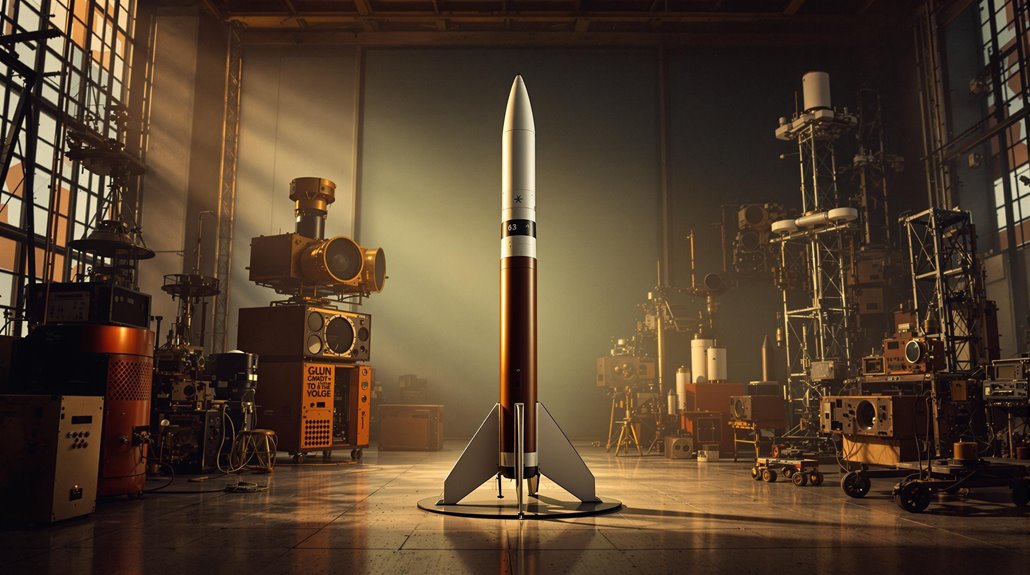
While Canada's space program began modestly with the Alouette 1 satellite in 1962, it's evolved into a sophisticated defense framework that now includes advanced laser systems and military space operations.
You'll see this evolution reflected in Canada's satellite technology progression, from the pioneering Anik A1 communications satellite to the cutting-edge RADARSAT Constellation Mission.
The RCAF's new Space Division, established in 2022, marks a significant shift toward military space capabilities with its 175-person team and specialized squadrons. The division will invest $4.9 billion to modernize NORAD capabilities over the next six years.
Through space collaboration with international partners, Canada's now developing advanced laser communication systems and participating in the U.S. AEHF satellite network.
The integration of AI and quantum technologies for secure communications demonstrates how far Canada's space defense capabilities have come from those early satellite days.
NORAD Modernization and Space Security Partnership
Since Russia and China have advanced their space-cyber capabilities, Canada and the U.S. have launched an ambitious $38.6 billion NORAD modernization plan spanning two decades.
You'll see deeper NORAD integration through new over-the-horizon radars, satellite systems, and enhanced Arctic communications coverage. General Carignan has emphasized that there is only a five-year window to modernize against these emerging threats.
The modernization focuses on five critical areas: surveillance, command and control, air weapons, infrastructure, and science/technology.
These improvements will help detect emerging threats like hypersonic and cruise missiles. Air Navigation Aid Systems will achieve full operational capability by 2032. To strengthen cyber resilience, both nations are investing in quantum technologies for secure communications and AI-enabled threat detection systems.
You're looking at a transformation that'll deliver initial operational capability within a decade, featuring autonomous systems, cloud-enabled command centers, and advanced space-based sensors working in concert to protect North American airspace.
Arctic Sovereignty Through Space-Based Capabilities
As Russia expands its Arctic presence, Canada's space-based surveillance capabilities have become vital for maintaining sovereignty over its northern territories.
You'll find Canada deploying multiple systems to enhance Arctic surveillance, including the Gray Jay Pathfinder's trio of microsatellites that detect ships and aircraft using RF sensors and thermal imaging. Each microsatellite is designed as a compact unit measuring 30 by 30 centimeters.
Maritime security will get a major boost through the Defence Enhanced Surveillance from Space project, which will improve tracking of "dark" fleets in Arctic waters. With the Arctic Ocean expected to become a viable shipping route by 2050, these surveillance capabilities are increasingly crucial.
The new Arctic Over-the-Horizon Radar Network, costing CA$1 billion, will provide long-range detection along the Canada-US border by 2031.
Supporting these systems, Telesat Lightspeed's LEO constellation will deliver essential communications capability for military operations in remote northern regions where traditional satellites struggle to provide coverage.
Countering Emerging Threats in the Space Domain
Because space-based threats have evolved dramatically, Canada now faces an increasingly complex security environment beyond Earth's atmosphere.
You'll find that adversaries like China and Russia are developing sophisticated capabilities, from anti-satellite weapons to cyber warfare tactics that can disable critical space infrastructure. Traditional approaches to tracking and monitoring these threats are becoming obsolete.
Space debris poses another significant challenge, as the growing cloud of orbital junk threatens both military and civilian satellites. The emergence of quantum communication capabilities by potential adversaries adds another layer of concern for defense operations.
To counter these threats, Canada's focusing on building robust space situational awareness and strengthening its defensive capabilities.
Through its Centre of Excellence and industrial partnerships, Canada's developing innovative solutions using AI and emerging technologies.
The strategy emphasizes protecting space assets as critical infrastructure while fostering international collaboration to address shared concerns about the militarization of space.
Building Tomorrow's Space Defense Infrastructure
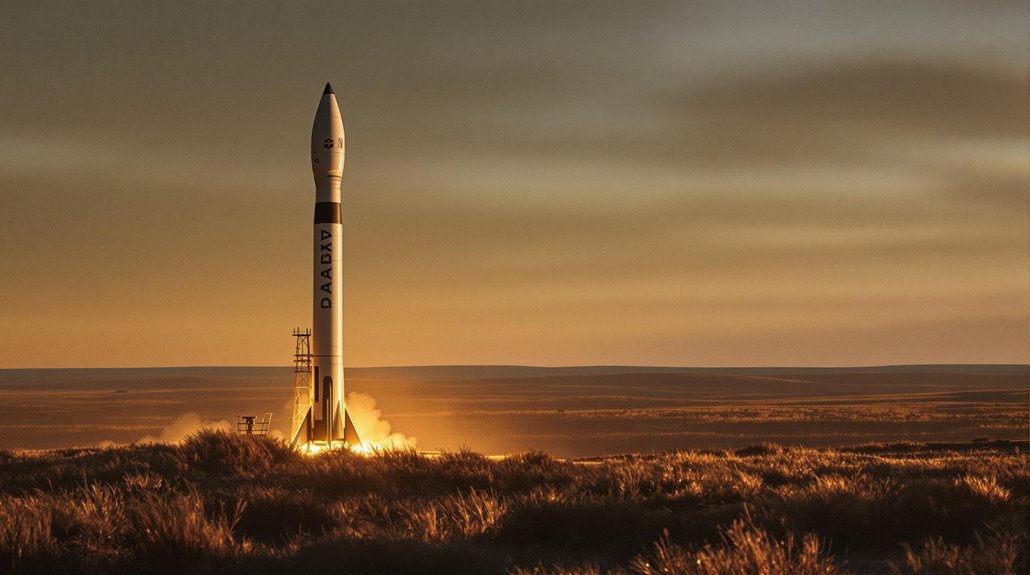
While Canada's space defense ambitions evolve, the nation's commencing on a transformative $38.6 billion NORAD modernization plan.
You'll see significant upgrades to defense infrastructure across multiple domains, with major investments in space-based capabilities and ground facilities. The sector contributes nearly $3 billion annually to Canada's economy through its advanced defense and innovation programs. Similar to modern media's intermedial connections, these systems are designed to work interdependently across different operational domains.
The modernization efforts prioritize three key areas:
- Space innovation through next-generation radar systems and microsatellite projects like Redwing and LISSA
- Infrastructure improvements at four Forward Operating Locations in Canada's North, enhancing operational readiness by 2032
- Command and control systems modernization, reaching initial capability by 2032 and full deployment by 2034
These investments aren't just about hardware – they're reshaping Canada's entire defense architecture.
Through partnerships with Indigenous communities and the new National Space Council, you're witnessing a thorough approach to space defense transformation.

